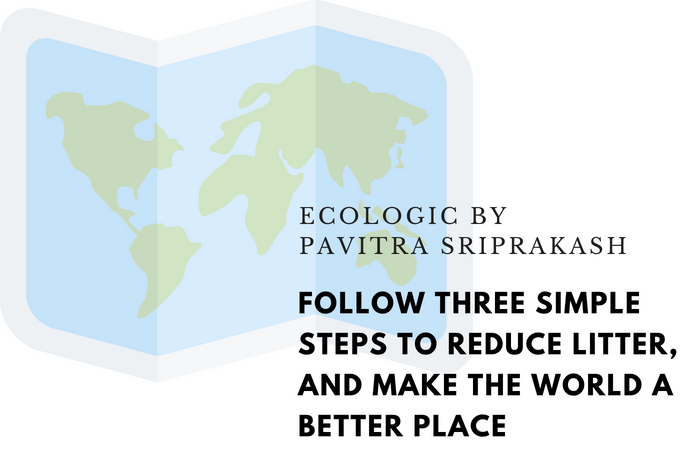19 May 2018: Pavitra Sriprakash, Director and Chief Designer at Shilpa Architects Planners Designers, writes about following three simple steps to reduce litter.
Read the Article: Full Text below | Link
Japanese fans who watched their team be defeated by Ivory Coast at the FIFA World Cup 2014 held in Brazil, stayed behind armed with bin liners and gathered up discarded litter. While gathering waste after a sporting event is customary in Japan, the spectators’ actions came as a shock to sports fans from other countries.
Littering is to throw away or just drop things on the ground in public places instead of using the garbage bins or wastepaper baskets. Throwing things from a car or even aiming for a garbage can and missing is littering. Cigarette butts, paper cups, tetra packs, plastic ‘bags, food, ice cream and chewing gum wrappers and various other litter strewn alongside roads are blown up against walls, bushes and vegetation. Sadly people even abandon washing machines, mattresses and broken toilets on roads.
“The area is already messy, why bother finding a garbage bin?” Some consider littering their right and as the duty of the government or some NGO to cleanup. But trashing is punishable in many countries and certainly, littering is wrong. Notes on cans stating they are for a specific trash sometimes confuse conservancy workers. There may not be enough garbage cans and overflowing garbage bins could detract people. Or the garbage cans can be too far away and not within sight. Whatever the reason, that attitude of; “Really? It’s just one paper or wrapper – it will biodegrade,” has to change within each of us.
Litter on roads and pavements eventually gets washed through drains to the nearest river or ocean. Polluted water from litter can not be used for drinking or recreation. Animals choke on mistakenly ingested trash or get entangled in it. Litter is dirty and carries germs which attracts strays, pests and rodents. It has serious ecological, financial and legal consequences.
With technology there suddenly seem ways to have litter data which can help track, geotag and find solutions. An app called Litterati is helping people around the world take photo of and tag it with data. This data is used to come up with smart solutions for policy makers as well as large companies to understand where the issues lie or what types of litter are most common.
While you could be a ‘Litter-ate” citizen and report using the app, there are some more common ways to reduce your trash output and thereby contribute less to litter. The first is to buy products in bulk or larger containers rather than multiple small containers. Better still opt where possible for no packaging or the old fashioned way of wrapping groceries like rice and dal in paper cones. Same for fruit and vegetables – pick them without the plastic cling film. In the kitchen using a sponge rather than a disposable towel – or wipe down with a cloth. Cut out using tissues or minimize as far as possible while eating food on the go. Avoid excessive packaging on products and always look to repair, rather than replace, broken items.
Reducing litter is just a 3 step process: stop littering, pick up litter when you encounter it, even if it may not be yours and call someone out if you find them littering.



